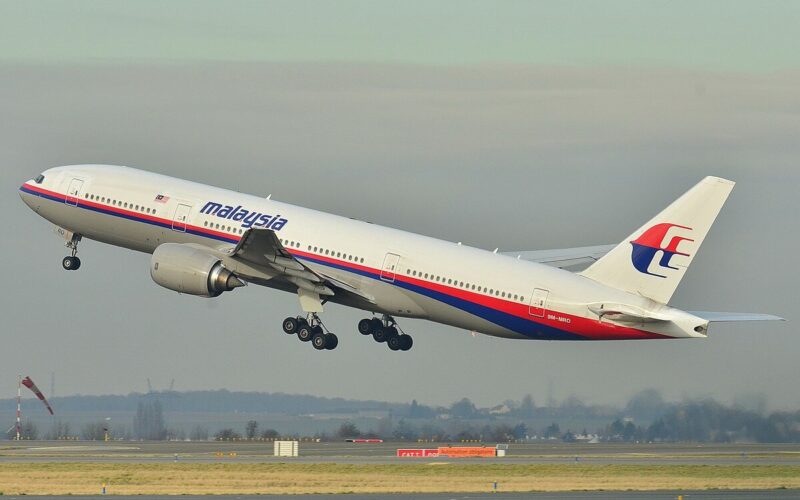Accidents such as Air France Flight 447 and Malaysia Airlines Flight 370 have reminded on just how vital flight recorders, better known as aircraft black boxes, are for accident investigation and improving aviation safety… if you can find them first. So now, companies are introducing solutions.
It has been a week since Atlas Air Boeing 767 freighter fatal crash and investigators from the US National Transportation Safety Board (NTSB) are still searching for missing flight recorders. Hopes are, they will help answer a question on what made the cargo aircraft make a steep descent. But to solve the mystery, investigators must first undergo a “painstaking” process, as recorders are believed to be lost somewhere in mud, making their pingers not much of a help.
Pingers, or Underwater Locator Beacons (ULBs), are mandatory on all flight recorders (black boxes). They are capable to transmit an acoustical signal from depths down to 14,000 feet, thus helping to find the boxes in water. While their signal can last from 30 to 90 days, according to NTSB chairman Robert L. Sumwalt, they are not much of a help in the case of Atlas Air, as their effectiveness is reduced by mud, leaving the investigators to employ scuba divers or put on waders and walk through the debris field old-fashion way. Dredge is another possible option, according to Sumwalt.
Atlas Air is the latest of a string of events where investigators struggled to find black boxes. After Air France flight 447 crash into the Atlantic Ocean in 2009, it took almost two years for investigators to find the black boxes of the A330. And an even more extreme example occurred in 2014, when Malaysia Airlines Boeing 777 passenger aircraft with 239 people onboard mysteriously disappeared. The case of flight MH370 proves that it is entirely possible for a plane – in this modern day an earth – to completely vanish from the surface (and clouds) of the earth.
Recent developments of re-imagining black boxes
On February 8, 2019, Honeywell and Curtiss-Wright announced ambitious plans to reinvent flight recorders. The two companies strive to develop the next generation of mandate-compliant Cockpit Voice Recorders (CVRs) and Flight Data Recorders (FDRs) using real-time connectivity.
“The new recorder will serve as a “black box in the sky,” meaning owners, operators and manufacturers will have the option to always access the critical aircraft data, resulting in the potential for improving maintenance and operational insight through data analytics,” is explained in a statement Honeywell. “In addition, in the event of an emergency, the data on board will be quickly and more easily accessible to investigators”.
The companies’ recorders will have both new hardware and “modernized” software, to decrease aircraft downtime. In particular, the software should allow for real-time information streaming and server storage capabilities, enabling a remote retrieval of data from the aircraft, according to Honeywell.
Meanwhile, another company called Aireon, is already working on improving air traffic surveillance and tracing from above. Way above. Space-kind of above.
In January 2019, SpaceX Falcon 9 rocket launched the final batch of Iridium Next communications satellites into low earth orbit, thus completing the constellation of 75 satellites. All of the satellites are equipped with Aireon payload onboard, of which nine serve as spares.
Aireon’s system uses space-based ADS-B technology to provide automatic, real-time collection of aircraft position data. So now, as satellites are already in space, the next steps include final integration and testing, all in the name of the ultimate goal ‒ the “world’s first, real-time, truly global view of air traffic”. The company claims its system is actually the first in the world “100 percent global air traffic surveillance system”.
It is aimed to provide the “[…] most accurate surveillance data possible to separate aircraft, which is often achieved through multiple redundant layers”. So in practise, “Aireon’s data will provide air traffic controllers with a fully redundant data feed that covers the entire airspace […]. This will in turn, help improve flight optimization by eliminating gaps in fleet data reports, and ultimately enhance the overall safety, accuracy and efficiency of worldwide air travel,” according to the company’s statement.

